The Brutal Life of Megalodons: Surviving Sibling Cannibalism in the Womb
The ferocity of sharks has long captured the imagination of humans, with tales of attacks and voracious appetites perpetuating their fearsome reputation. However, the bloodthirsty nature of modern sharks pales in comparison to the grisly survival tactics exhibited by their ancient counterparts - the megalodons. These massive sea predators, aptly named for their enormous teeth, existed millions of years ago and are a testament to the brutal realities of prehistoric marine life.
Ancient Giants of the Sea
The discovery of their formidable teeth, some as large as a human palm, provided a glimpse into the sheer size and power of megalodons. These ancient "fish" could grow up to an astounding 15 meters in length, dwarfing even their closest modern relatives, the white sharks. From the moment of their birth, megalodon pups were already formidable at 1.8 meters - equivalent to the height of a full-grown human.
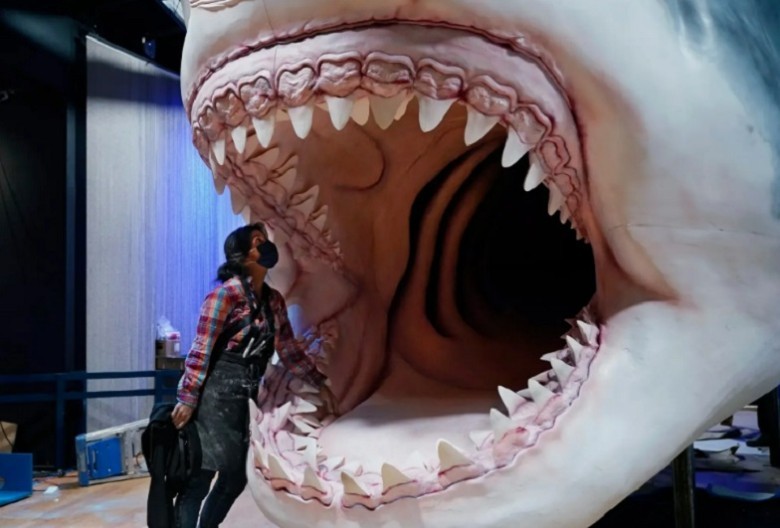
In terms of aggression and survival instincts, megalodons did not fall short of their reputation. Their brutal quest for sustenance began even before they entered the world, within the confines of their mother's womb. Unlike many other fish species, megalodons did not simply spawn offspring but instead produced large eggs or carried their young to a certain stage of development.
Researchers from the University of Chicago uncovered fascinating details about megalodon embryonic development during their investigations. Similar to mammals, megalodons nurtured their young internally, but with a significant twist. Instead of a continuous supply of nutrients through a placenta, megalodon embryos were left to fend for themselves with a limited reserve of sustenance within the egg. Upon hatching inside the mother's uterus, these tiny embryos were ill-equipped to survive independently in the ocean but displayed a macabre resourcefulness in sourcing their nourishment.
Survival of the Fittest - Even Before Birth
The gestational period of megalodons was marked by a harrowing struggle for survival within the womb. Stronger siblings would prey upon their weaker counterparts, ensuring that only the most resilient would reach full term. As the embryos hatched from their eggs, a grisly competition ensued, with the early hatchlings feasting on neighboring eggs that were still maturing. By the conclusion of the pregnancy, only a handful of megalodons would remain, with potentially only one victor emerging to claim its birthright.
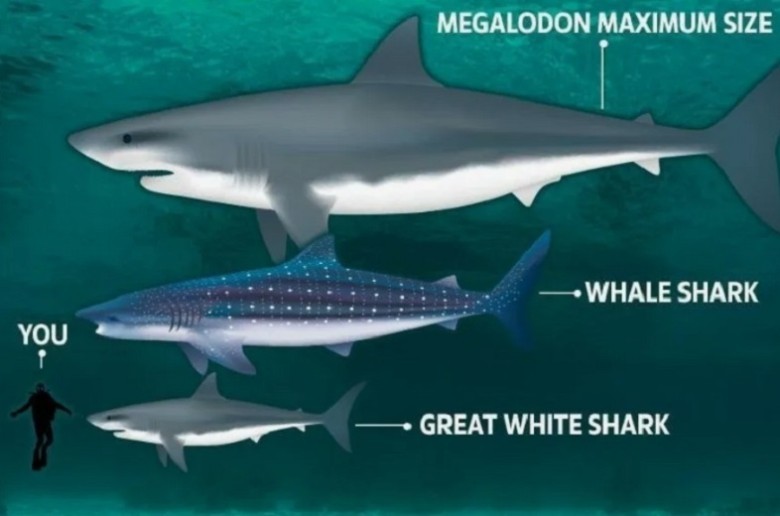
The reward for the survivor was a lengthy existence marked by violence and relentless hunting. Megalodons could live up to an astonishing 90 years, during which they would grow exponentially in size, adding an impressive 15-20 cm in length annually. By the age of 46, these ancient predators would reach their formidable adult size, a fact gleaned from the analysis of megalodon remains.
The study of megalodon skeletal features revealed a striking resemblance to tree trunks, with annual growth rings akin to those found in trees. This insight, coupled with the observations of modern viviparous shark species, offered valuable parallels between ancient and contemporary reproductive strategies. The theme of survival of the fittest, prevalent even before birth, underscores the ruthless evolutionary pressures faced by these apex predators throughout history.
Embracing the Harsh Realities of Prehistoric Marine Life
The saga of the megalodons paints a vivid picture of the harsh and unforgiving world they inhabited. From their cannibalistic tendencies within the womb to their relentless pursuit of prey in the vast oceans, these ancient giants embodied a primal ferocity that defined their existence. As we unravel the mysteries of prehistoric marine life, the tale of the megalodons serves as a stark reminder of the brutal beauty and enduring resilience of nature's most formidable creatures.
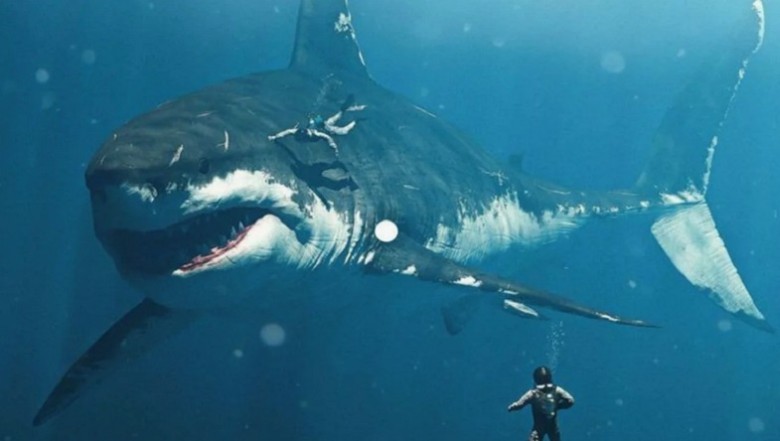
In conclusion, the intense sibling rivalry and ruthless struggle for survival among megalodons offer a glimpse into the complexities of ancient marine ecosystems. Through their bloodthirsty antics in the womb, these prehistoric predators navigated a perilous journey to adulthood, exemplifying the tenacity and adaptability required to thrive in a world of constant competition and scarcity. The legacy of the megalodons endures as a testament to the unyielding forces of nature that have shaped and molded life on our planet for millennia.
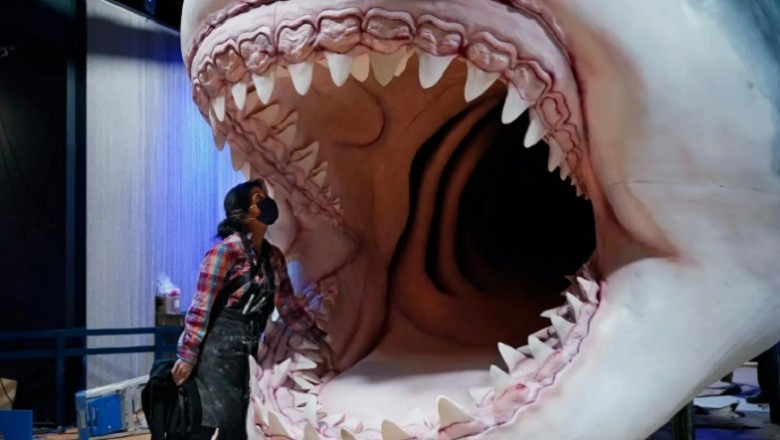













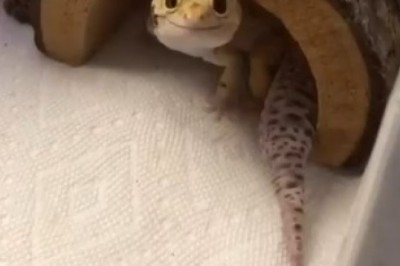

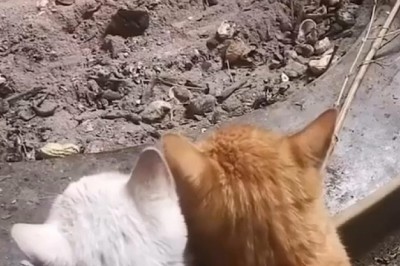

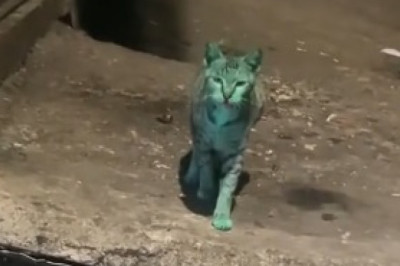

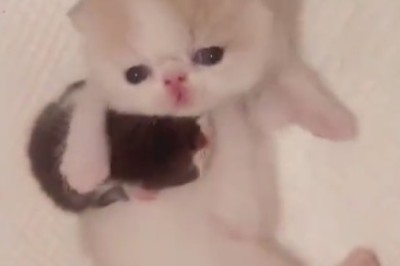
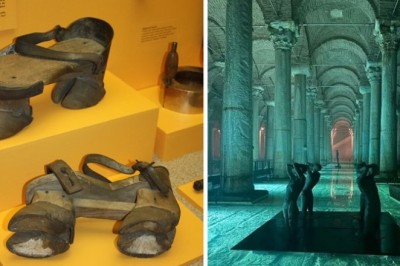

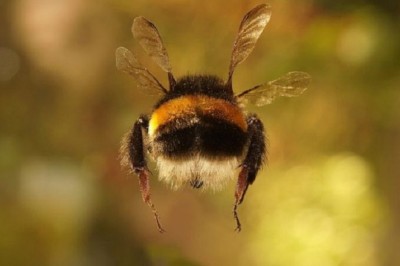
Comments
0 comment